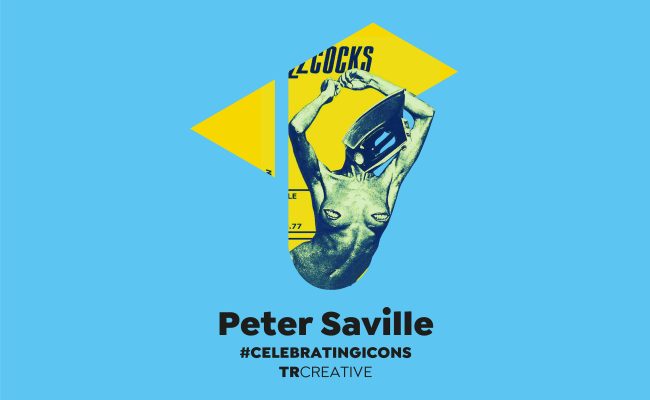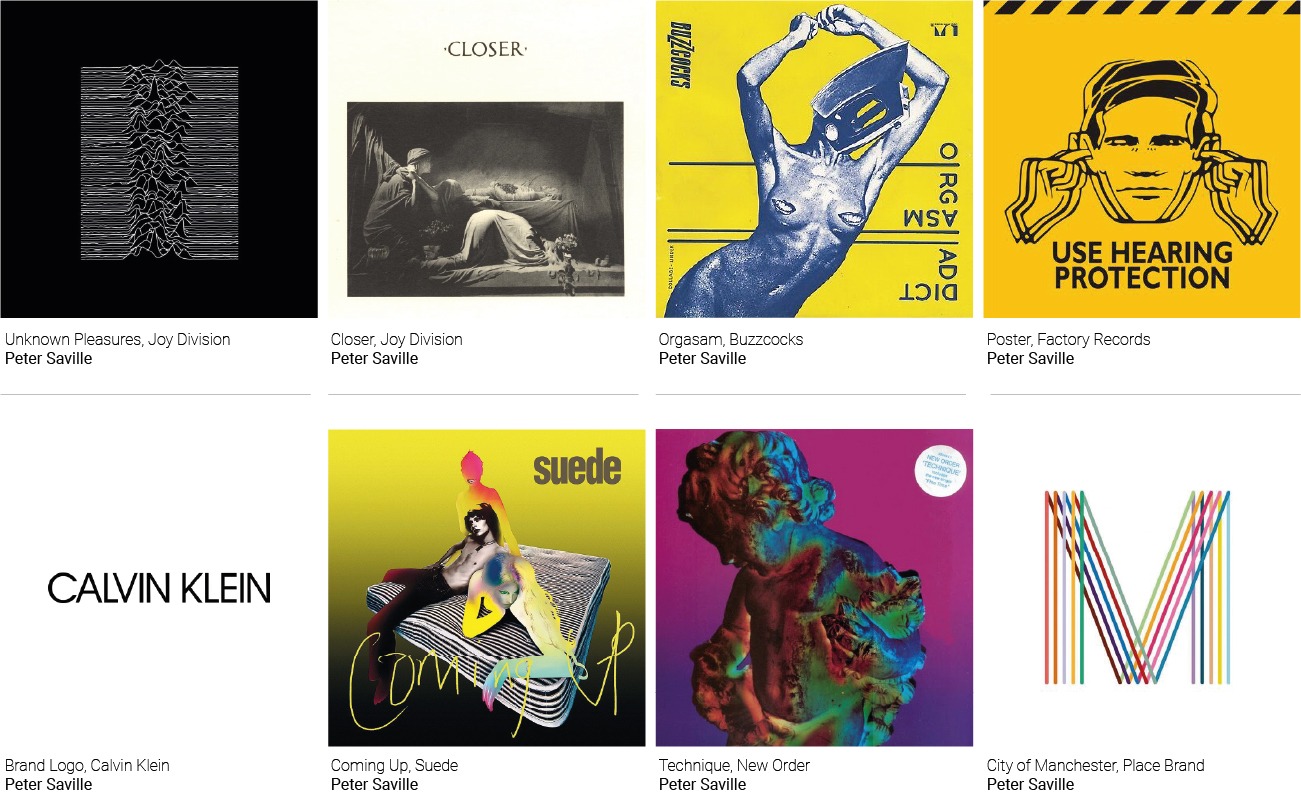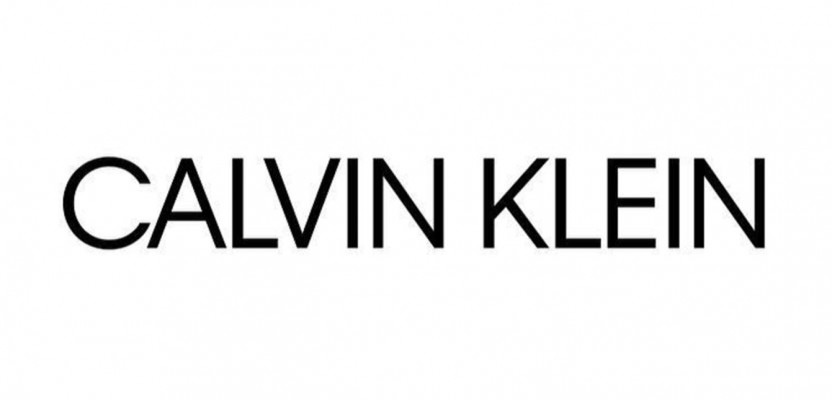
Peter Saville is one of the most renowned and influential graphic designers of the last century. Born in Manchester, England in 1955, Saville rose to prominence in the late 1970s and 1980s as the art director for Factory Records. This independent record label was home to influential acts such as Joy Division, New Order, and Happy Mondays.
During his time at Factory Records, Saville created some of the most iconic and recognisable album covers in the history of popular music. His work for Joy Division, including the designs for the albums “Unknown Pleasures” and “Closer,” are considered masterpieces of minimalism and typography. Saville’s use of bold, simple graphics and unconventional typography helped set the aesthetic tone for the entire label and much of the post-punk and new-wave movements.


Saville’s work for Factory Records was not limited to album covers. He was also responsible for designing the company’s iconic logo, its promotional materials, and merchandise. Saville’s approach to graphic design was heavily influenced by the work of the Situationists, a group of artists and intellectuals who sought to use art and design as a means of social and political critique. This is evident in the use of found objects and ephemera in many of Saville’s designs and his playful and often ironic use of typography and imagery.
After leaving Factory Records, Saville went on to have a successful career as a freelance designer and art director. He has worked with a wide variety of clients, including luxury fashion brands, major corporations, and cultural institutions. He has also continued to produce album artwork, working with artists such as New Order, Pulp, and David Bowie.
In 2017, Peter Saville was tasked with rebranding Calvin Klein, one of the world’s most iconic and recognisable fashion brands.
Saville approached the project with his characteristic minimalism and typography-focused style. He created a new logo for the brand that was simple, elegant, and modern and used it across all of Calvin Klein’s promotional materials and advertising campaigns. The new design was consistent and minimalist, featuring mainly black and white tones and the typography in uppercase.

The rebrand was a huge success, and it helped to revitalise the Calvin Klein brand and set it on a new course for the 21st century. Saville’s simple and understated design captured the minimalistic aesthetic of the 90s and helped to establish the brand as a leader in fashion and design.
It was praised for its simplicity and elegance and was widely imitated by other fashion and luxury brands.
Saville’s rebranding of Calvin Klein is considered to be one of his most notable contributions to the world of fashion, and it is still celebrated as one of the most successful branding campaigns of all time. Saville’s work exemplifies how a strong and clear design direction can not only be a powerful tool for a brand’s commercial success but also for establishing and communicating a brand’s identity.
Beyond his commercial work, Saville has also been recognised for his contributions to the field of graphic design through exhibitions and retrospectives of his work and his writing and teaching. He has been honoured with numerous awards and accolades, including being appointed an Officer of the Order of the British Empire (OBE) in the 2018 Birthday Honours.
In summary, Peter Saville has been a key figure in the world of graphic design for several decades, producing iconic, ground-breaking and lasting designs for clients across music, fashion and more. He is a master of his craft and a true inspiration for graphic designers worldwide. With his unique approach, use of minimalism, typography and thoughtful, often ironic use of imagery, he has left a lasting impact on popular culture and the design world.
Top 5 facts about Peter Saville